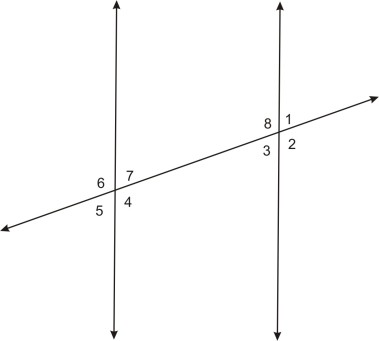Recently I’ve was in a rather colourful chat with a proponent of the globe model. It was actually quite useful as it forced me to fix a few errors on one of my previous posts. I’ve been working on a model for the flat plane using trigonometry and from that I developed a couple of axioms.
Dealing with people who are both closed off to new ideas and have anti-social tendencies can make a rather potent brew of a personality. However, I see it as a way to strengthen the flat plane model rather than harming it. Just like you need the resistance of the ground beneath your feet to walk, we also need resistance from the globe proponents – without it, we couldn’t develop the models we have.
With that in mind, I’ve been wanting to examine perspective in relation to Euclidian geometry. This particular globe proponent relies heavily on geometry to bash the heads of flat plane folks. The thing that dawned on me was the important difference between perspective (which works in 3 dimensions – x,y,z) and Euclidian geometry which operates in only 2 dimensions (x,y). Of course the Euclidian axioms have been extended and expanded to incorporate solid geometry in 3 dimensions but not his original “Elements”.
Here are his original Axioms:
- “To draw a straight line from any point to any point.”
- “To produce [extend] a finite straight line continuously in a straight line.”
- “To describe a circle with any centre and distance [radius].”
- “That all right angles are equal to one another.”
- The parallel postulate: “That, if a straight line falling on two straight lines make the interior angles on the same side less than two right angles, the two straight lines, if produced indefinitely, meet on that side on which are the angles less than the two right angles.”
Each of the axioms operates in only 2 dimensions involving only lines and angles (and a point). Axiom 5 is where the globe proponent kept hammering – if the interior angles on the same side are equal to two right angles, then they will never meet and therefore, “bunching” of objects at the horizon are impossible. The opponents of this video argue that he is applying perspective incorrectly because he can’t show where “…train tracks cross”. Now I’m not exactly sure if they are just using hyperbole or not but the idea is that you can’t “bunch” parallel lines. This is obviously the case if you apply Euclidian geometry in 2 dimensions. Just apply Axiom 5 to any set of parallel lines and they are absolutely correct.
However, what these opponents have done is applied Axiom 5 to a non-Euclidian example – namely an object in 3 dimensional space. I’ve come up with a simple example to explain this:
- On a 8 x 11.5 piece of paper and draw an isosceles triangle and hold it directly in front of you face. This image is presenting itself in 2 dimensions.

- Now, while sitting at a desk, place the piece of paper flat on the desk with the top of the triangle pointing away from you.
The triangle is now presented in 3 dimensions and takes on the laws of perspective. If you push the paper away, you will notice that the top and bottom of the triangle begin to “bunch” together. Eventually, the top and bottom will merge together. The two sides of the triangle never have to cross or change angles or alter in anyway – the object stays the same but it appears to change.
You can do the same thing with parallel lines. Draw two parallel lines on another sheet of paper and hold it up to your face. Just as predicted in Axiom 5, the lines will never cross.

But now place the paper on the desk in front of you – what happens? The lines begin to merge together like this:

Again, if you push the paper away from you, the bottom and top of the lines will also begin to “bunch” together. This is the point of Brian’s video but is ignored by the opponents of it. Again, they are applying 2 dimensional logic (which is correct if it stays in 2 dimensions) to a 3 dimensional observation.
As I was trying to explain in my previous post, viewing angles are not linear with distance and proceed by doubling (1,2,4,8,16,32,64) while the distance needed to travel to achieve that viewing angle is only half. For example, a mountain that is 2.5 miles high can be seen at a distance of 144 miles with a 1 degree viewing angle. You would need to travel half that distance (72 miles) to see it at 2 degrees. And again, half that distance again (36 miles) to see it at 4 degrees, etc.
Because of this affect, you get “bunching” of the object as it approaches the horizon. This phenomenon is recognized in the image rendering world:
Objects Bunching on the Horizon
The artists who work in this field do everything in their power to mimic reality so they take into account real affects not the opinions of either global or flat earth communities. But you get my point (I hope) that bunching on the horizon is a real phenomenon that has been modeled and expressed mathematically.
So what does this mean?
If this “bunching” phenomenon is valid (which is seems to be) then the flat earth community has a scientifically and mathematically based model that can explain things like:
- Viewing angles of Polaris at different locations in world
- How the sun/moon “rises and falls”
- How light from the sun/moon increases/decreases with distance
- How objects disappear at the horizon
I’m looking at modeling this phenomenon in a real 3D rendering system. Hopefully it will provide some necessary information for those looking into our world and our place it it.